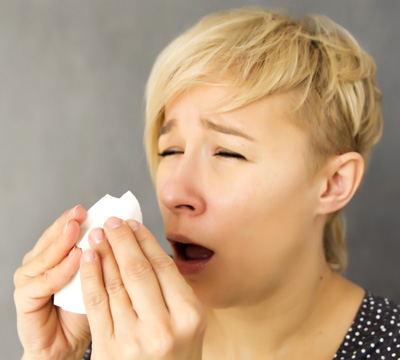
Pollen allergies are hard to escape, but here are some steps you can take:
It’s about that time: Temperatures rise, trees bloom and your nose starts to run. It itches, too; you keep sneezing or coughing, and your eyes won’t stop watering. These are all signs of seasonal allergic rhinitis, also known as hay fever and most commonly caused by tree pollen that irritates your nasal passages
Pollen from birch, cedar, cottonwood and pine are particularly big allergy triggers. And if you feel as if your symptoms are getting worse every year, you’re not crazy: Research shows pollen counts are slowly rising and expected to double by 2040. Also, if you suffer from migraines and could swear you get more of them when your allergies attack, you might be right again: Recent preliminary research linked nasal allergies and hay fever to an increase in the frequency and severity of these painful headaches.
In the past year, almost 17 million adults in this country were diagnosed with hay fever. Steering clear of allergens is the best way to reduce symptoms. But that’s tough with billions of tiny pollen particulates in the air.
You can take steps, however, to minimize exposure; over-the-counter allergy remedies also may help, as well as prescription medications or allergy shots. Talk to a doctor to determine the best treatment plan.
Also consider having your carpeting and upholstery professionally cleaned and sanitized. That will also go a long way to clean the air in your home. It will also eliminate the indoor source of your discomfort and making life a little more pleasant.
